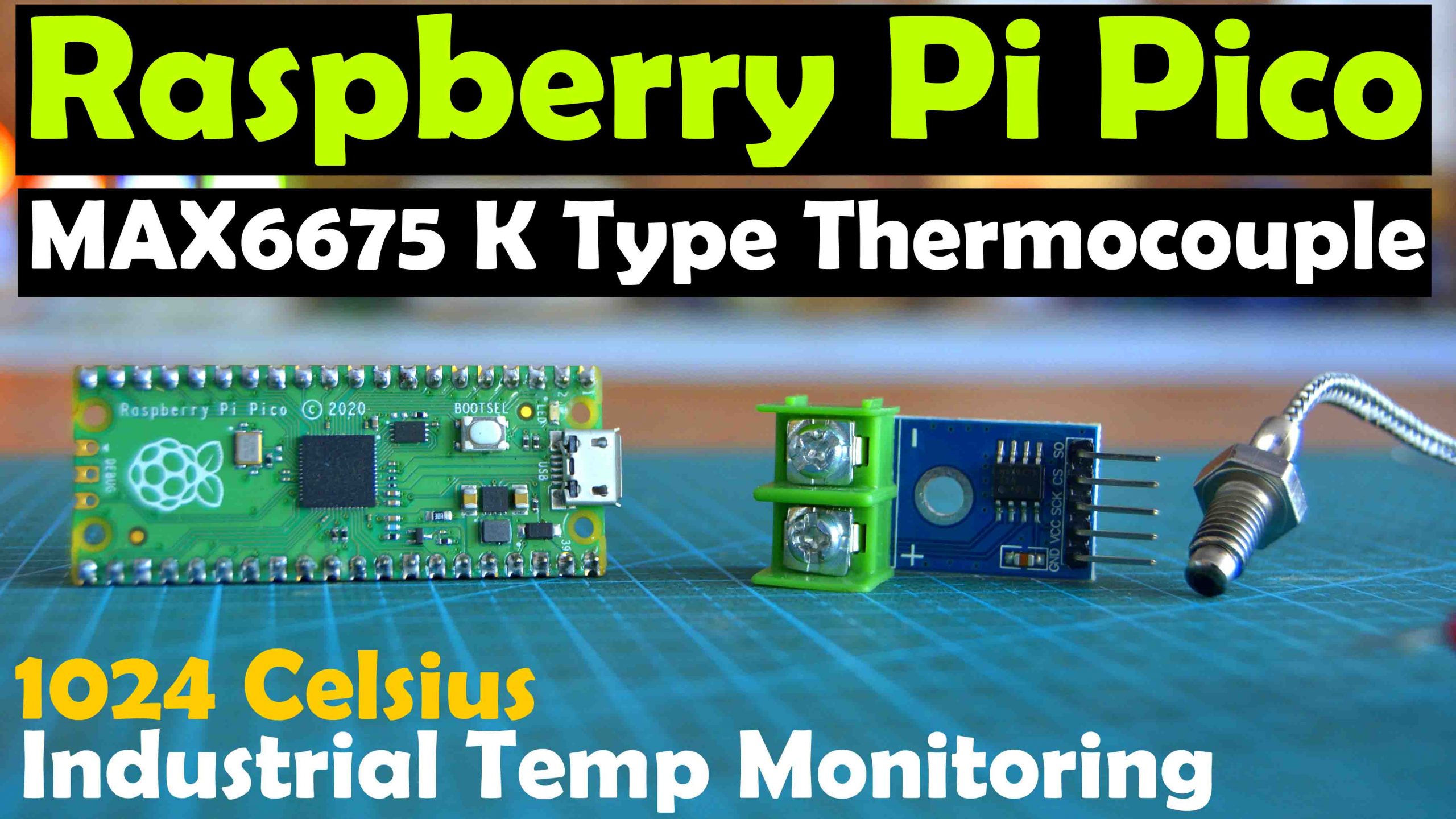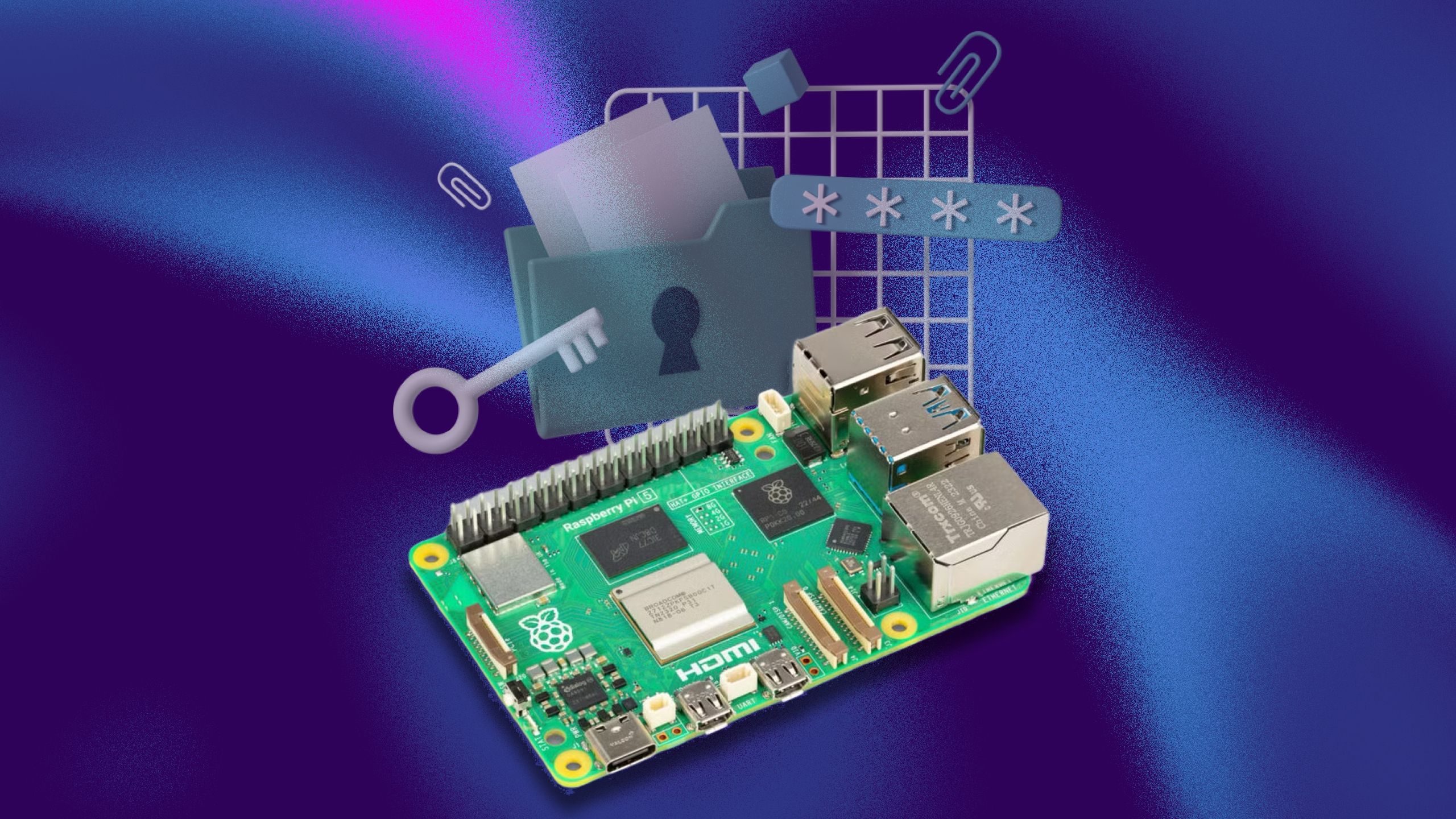Hey there, tech enthusiasts! If you're diving into the world of IoT (Internet of Things) and looking for the best remote IoT monitoring setup using a Raspberry Pi, you've landed in the right place. The Raspberry Pi has become a go-to device for hobbyists, developers, and professionals alike, thanks to its versatility and affordability. Whether you're monitoring temperature, humidity, or even security systems, this little powerhouse can handle it all.
But let's be real, setting up a remote IoT monitoring system with Raspberry Pi isn't as simple as plugging in a couple of wires. There's a lot to consider, from choosing the right hardware and software to ensuring your data is secure and reliable. In this guide, we’ll break it all down for you, step by step, so you can build a robust system that works like a charm.
So, grab your coffee (or tea, no judgment here), and let's dive deep into the world of Raspberry Pi and IoT monitoring. By the end of this article, you'll have all the tools and knowledge you need to set up your own remote monitoring system. Ready? Let's go!
Here's a quick table of contents to help you navigate through this guide:
- Introduction to Remote IoT Monitoring
- Why Raspberry Pi for IoT?
- Hardware Setup for IoT Monitoring
- Software Options for Raspberry Pi
- Ensuring Data Security
- Setting Up Remote Access
- Real-World Use Cases
- Troubleshooting Common Issues
- Optimizing Your System
- Conclusion and Next Steps
Introduction to Remote IoT Monitoring
What is IoT Monitoring?
IoT monitoring refers to the process of collecting, analyzing, and acting on data gathered from connected devices. Think of it like having eyes and ears everywhere—your Raspberry Pi becomes the brain that processes all the information coming in from sensors and other devices.
For instance, imagine you're running a greenhouse. You want to monitor the temperature, humidity, and soil moisture levels to ensure your plants are thriving. With a Raspberry Pi and the right sensors, you can set up a system that not only monitors these conditions but also sends alerts if something goes wrong. It's like having a personal assistant for your plants!
- Tim Witherspoon The Untold Story Of The Twotime Champ
- Sharon Cases Exhusband The Truth About Sandy Corzine
Why Raspberry Pi for IoT?
The Raspberry Pi is a small, affordable computer that packs a surprising punch. It's perfect for IoT projects because of its:
- Low cost—making it accessible for hobbyists and startups
- Wide range of GPIO pins for connecting sensors and actuators
- Large community support—tons of tutorials and forums to help you out
- Compatibility with various operating systems and programming languages
Plus, it's super easy to customize and scale your project as your needs grow. Whether you're building a simple temperature monitor or a complex home automation system, the Raspberry Pi has got you covered.
Hardware Setup for IoT Monitoring
Choosing the Right Raspberry Pi Model
There are several Raspberry Pi models to choose from, but for IoT monitoring, you'll want to go with either the Raspberry Pi 4 or the Raspberry Pi 3 Model B+. Both offer enough processing power and connectivity options to handle most monitoring tasks.
Here's a quick breakdown:
- Raspberry Pi 4: Best for more demanding projects with faster processing and more RAM options.
- Raspberry Pi 3 Model B+: Great for simpler projects or if you're on a tighter budget.
Essential Hardware Components
Once you've picked your Raspberry Pi model, you'll need some additional hardware to complete your setup:
- Sensors: Depending on what you're monitoring, you might need temperature, humidity, pressure, motion, or other types of sensors.
- Power Supply: A reliable power source is crucial for keeping your Pi running smoothly.
- SD Card: To store your operating system and data. Make sure it's a high-quality card with enough storage.
- WiFi Dongle or Ethernet Cable: For connecting to the internet and enabling remote access.
Software Options for Raspberry Pi
Operating Systems
Choosing the right OS is key to getting the most out of your Raspberry Pi. Here are a few popular options:
- Raspberry Pi OS: The official OS, lightweight and packed with features.
- Ubuntu Server: Great for more advanced users who need a robust server environment.
- Home Assistant OS: Perfect for home automation and IoT projects.
Programming Languages
Python is often the language of choice for Raspberry Pi projects due to its simplicity and extensive library support. However, depending on your specific needs, you might also consider:
- C++: For performance-critical applications.
- Node.js: If you're building web-based interfaces.
Ensuring Data Security
Data security should always be a top priority, especially when dealing with remote monitoring systems. Here are a few tips to keep your setup safe:
- Use strong, unique passwords for your Raspberry Pi and any connected devices.
- Enable SSH (Secure Shell) for secure remote access.
- Regularly update your OS and software to patch any security vulnerabilities.
- Consider using encryption for sensitive data transmissions.
Setting Up Remote Access
One of the coolest things about using Raspberry Pi for IoT monitoring is the ability to access your system from anywhere in the world. Here's how you can set it up:
- Configure port forwarding on your router to allow external access.
- Use a dynamic DNS service to keep track of your IP address changes.
- Install a remote desktop application like VNC Viewer for easy access.
Real-World Use Cases
Home Automation
Turn your home into a smart home by automating lights, thermostats, and security systems. With Raspberry Pi, you can create custom solutions tailored to your needs.
Environmental Monitoring
Monitor air quality, weather conditions, or water levels in real-time. This is especially useful for environmental research or agriculture.
Industrial IoT
Use Raspberry Pi to monitor machinery performance, predict maintenance needs, and optimize production processes.
Troubleshooting Common Issues
No matter how well you plan, issues can still arise. Here are some common problems and how to fix them:
- Connection Problems: Check your network settings and ensure all cables are properly connected.
- Sensor Malfunctions: Verify that your sensors are calibrated correctly and replace them if necessary.
- System Overheating: Consider adding a fan or heat sink to keep your Raspberry Pi cool.
Optimizing Your System
To get the best performance from your Raspberry Pi IoT monitoring system, consider the following tips:
- Use lightweight software and disable unnecessary services.
- Optimize your code for efficiency and speed.
- Regularly back up your data to prevent loss in case of hardware failure.
Conclusion and Next Steps
And there you have it—your complete guide to setting up the best remote IoT monitoring system using a Raspberry Pi. From choosing the right hardware and software to ensuring data security and optimizing performance, we've covered everything you need to know.
Now it's your turn to take action! Start experimenting with different sensors and configurations to find what works best for your specific needs. And don't forget to share your experiences and results in the comments below—we'd love to hear about your projects!
Happy tinkering, and remember: the possibilities with Raspberry Pi and IoT are endless. The only limit is your imagination!



Detail Author:
- Name : Prof. Luisa Runolfsson
- Username : roberts.junius
- Email : amclaughlin@johnston.com
- Birthdate : 2007-03-12
- Address : 871 Romaguera Estate Klingborough, TX 48149
- Phone : +18647929804
- Company : Goodwin and Sons
- Job : Machinist
- Bio : Dolor ducimus ipsum sapiente in voluptatem cum ducimus quidem. Rem ullam distinctio qui eligendi sed et. Dicta officia suscipit quo enim. Debitis accusantium repellendus quisquam est.
Socials
twitter:
- url : https://twitter.com/abelardofisher
- username : abelardofisher
- bio : Pariatur quia sed voluptas eum. Qui voluptas in harum sed voluptatem molestiae voluptatem culpa. Dolores non ea quasi quas dolorum culpa.
- followers : 6970
- following : 1545
instagram:
- url : https://instagram.com/abelardo.fisher
- username : abelardo.fisher
- bio : Qui sint cupiditate eaque aut ut repellat. Ut laboriosam laudantium fugit et ut.
- followers : 501
- following : 1531
tiktok:
- url : https://tiktok.com/@abelardo_fisher
- username : abelardo_fisher
- bio : Quidem est libero id molestiae.
- followers : 1986
- following : 1483
linkedin:
- url : https://linkedin.com/in/fishera
- username : fishera
- bio : Magni ipsam veritatis quaerat autem.
- followers : 5232
- following : 1438
facebook:
- url : https://facebook.com/afisher
- username : afisher
- bio : Ratione incidunt id vel voluptatem aut voluptatem. Vel quam id non enim.
- followers : 1365
- following : 684